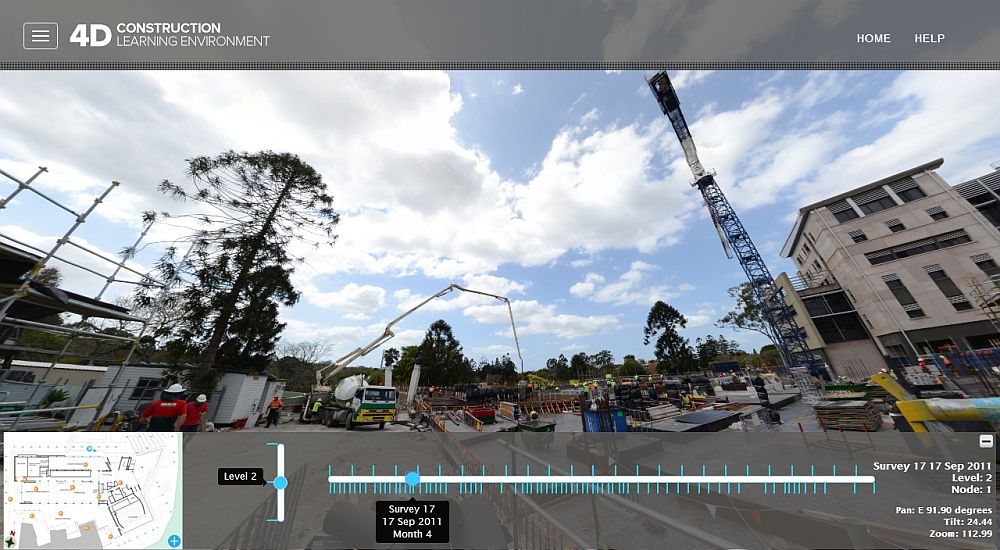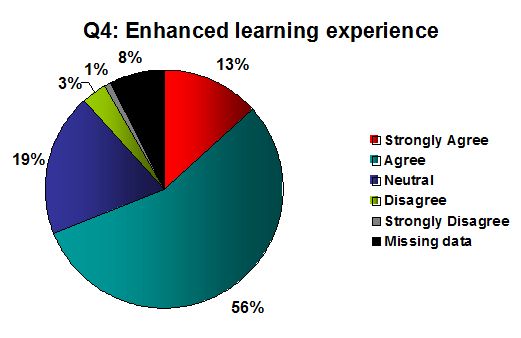
 Liza O'Moore
Liza O'Moore
CIVL2360 is a second-year course that introduces civil engineering undergraduates to the design of reinforced concrete structures. Most students in the cohort have little to no exposure to, or understanding of, the construction process, so they find it challenging to design concrete structural elements. When the cohort was small (<100), regular site visits were relatively easy to arrange. Students were taken to an active construction site and were able to watch the process unfold in real time. Class sizes are now closer to 250–300 students, and contractors are increasingly reluctant to allow any groups of undergraduate students, small or large, on an active site, so providing students with this real-world exposure is increasingly difficult.
The aim of the 4D learning environment virtual site tour was to provide the students with an opportunity to undertake unsupervised site visits as a means for them to develop an understanding of the construction process.
Course: CIVL2360 – Reinforced Concrete Design and Concrete Technology
Year level: Second year civil engineering, The University of Queensland
Cohort size: 235 students
Students were introduced to the AEB 4D Construction Learning Environment in the tutorial classes (60–80 students). Students were asked to bring a laptop or smart device (one between two was sufficient), and the course coordinator and tutors guided the tutorial class on an initial 50-minute tour of the 4D learning environment. Students were then required to complete a self-directed virtual site tour in their own time.
Students used the AEB 4D Construction Learning Environment to undertake a virtual site tour and write a short report (200 words). The site report had to include the following:
‘It was helpful for me to see the construction process of a building from the beginning as beforehand I didn't know how construction was carried out.’
‘It helped me understand the timeline of construction e.g. even though concrete needs time to fully strengthen, in the meantime there are always other things going on.’


Students in previous years regularly requested site visits. The AEB 4D Construction Learning Environment has allowed the academic staff to respond to these requests.
Student feedback clearly showed that the learning experience could be further improved by adding ‘pop-up’ explanations. Some students offered a valid criticism: they were not always certain about what they were looking at, and they did not always have the correct ‘vocabulary’ to articulate this.
The 4D learning environment virtual site tour will be retained in the CIVL2360 learning activities. The primary aim – of exposing students to a construction site early on in their studies – was achieved, and this certainly improved their ability to understand the practical issues they encountered later in the semester.
Providing descriptions and explanations in future versions of the learning environment as additional resources would help civil engineering students develop their technical vocabulary and greatly enhance both their learning experience and their professional development.